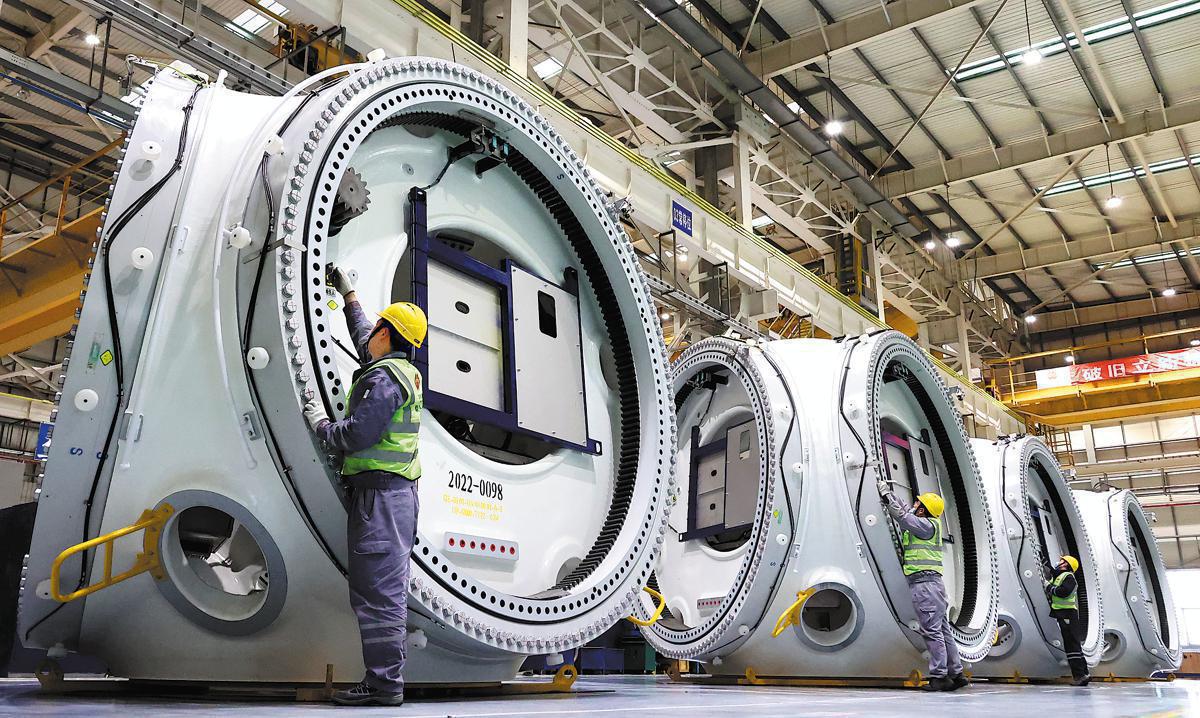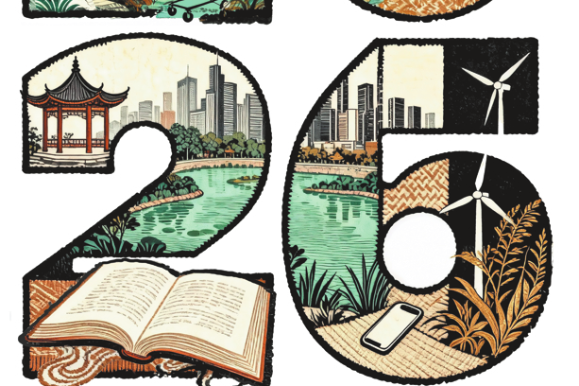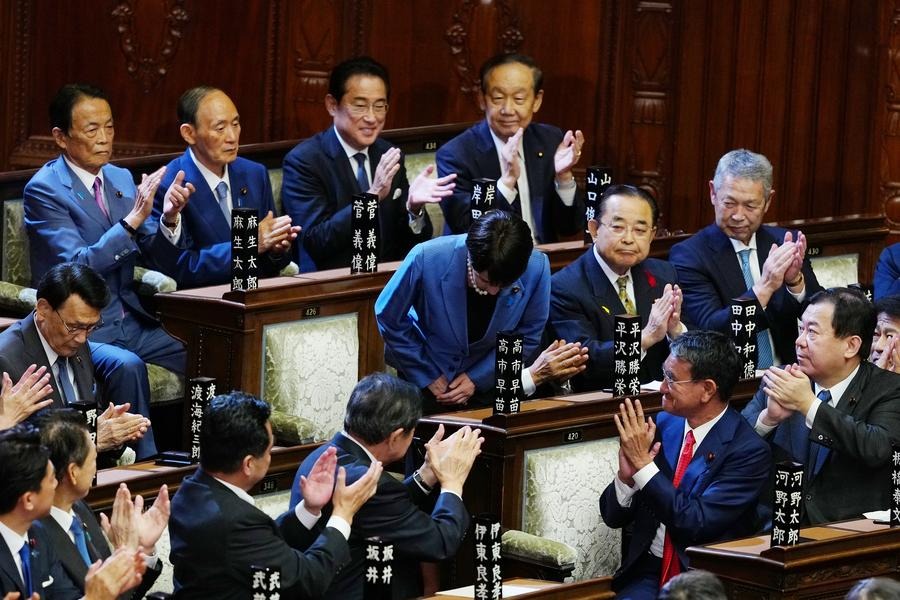Change of growth model key to managing risks


The purchasing managers' index of China's manufacturing industry was 48.8 in May, 0.4 percentage points lower than that of the previous month and even lower than that of the same month of last year, 49.6.
The manufacturing PMI has declined for three months in a row from 50.1 in March. A PMI below 50, the expansion-contraction threshold, means relevant industries are contracting in scale, investment and vitality.
With demand dropping significantly, the production and demand index of some industries with high correlation with the construction industry, such as non-metallic mineral products, ferrous metal smelting and calendering processing, are all below 45.0. They are the main drags on the overall manufacturing PMI.
However, the focus of the real estate policy this year is still on resolving potential risks to avoid large-scale debt defaults that would trigger a systemic crisis in the economy. So that means, after developing fast for more than a decade as the main growth engine of the Chinese economy, the real estate industry, and by corollary the construction industry is entering a long stagnant stage that is having far-reaching and pressing influences on the economy.
No wonder the five sub-indices that make up the manufacturing PMI, production, new orders, inventories of raw materials and employment were all below the threshold, while only the supplier delivery time index was above it. But it should be noted that the high delivery time index is a sign of weak demand, rather than balanced supply-demand relations.
It shows that the foundation for the country's economic recovery remains weak, as the shortage of demand triggered by the decline of the real estate industry is a serious problem that has already affected the supply side forming a vicious cycle with high unemployment and weak family spending power.
With nearly 70 percent of family wealth in property and a comparatively low-level payment for average wage earners in the country, it is quite difficult to stimulate household consumption before the root causes are addressed.
But that is by no means an easy job. If large-scale debt defaults occur in the real estate sector and among the already debt-ridden local governments, the housing bubble will burst, resulting in the bankruptcy of families, governments and relevant enterprises almost at the same time.
The weak demand, the high unemployment rate, the low childbearing willingness and the declining manufacturing PMI are all warning signs that it is high time to put an end to the old growth model of the Chinese economy that is largely reliant on cheap labor and overpriced land.
But the question is how to digest the systemic risks, partially thanks to the increasingly harsh external development environment, before a new growth model based on innovation becomes strong enough to sustain high-quality development.
With limited fiscal revenue, it remains to be seen how much the governments of various levels can still do to further improve the domestic business environment and create jobs. Two solutions they propose to break the vicious cycle. Yet it is clear the challenges are structural and interconnected and the starting point to address them should be an overhaul of the growth model.

































